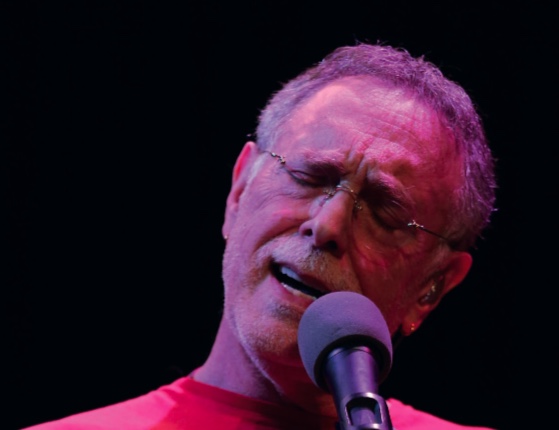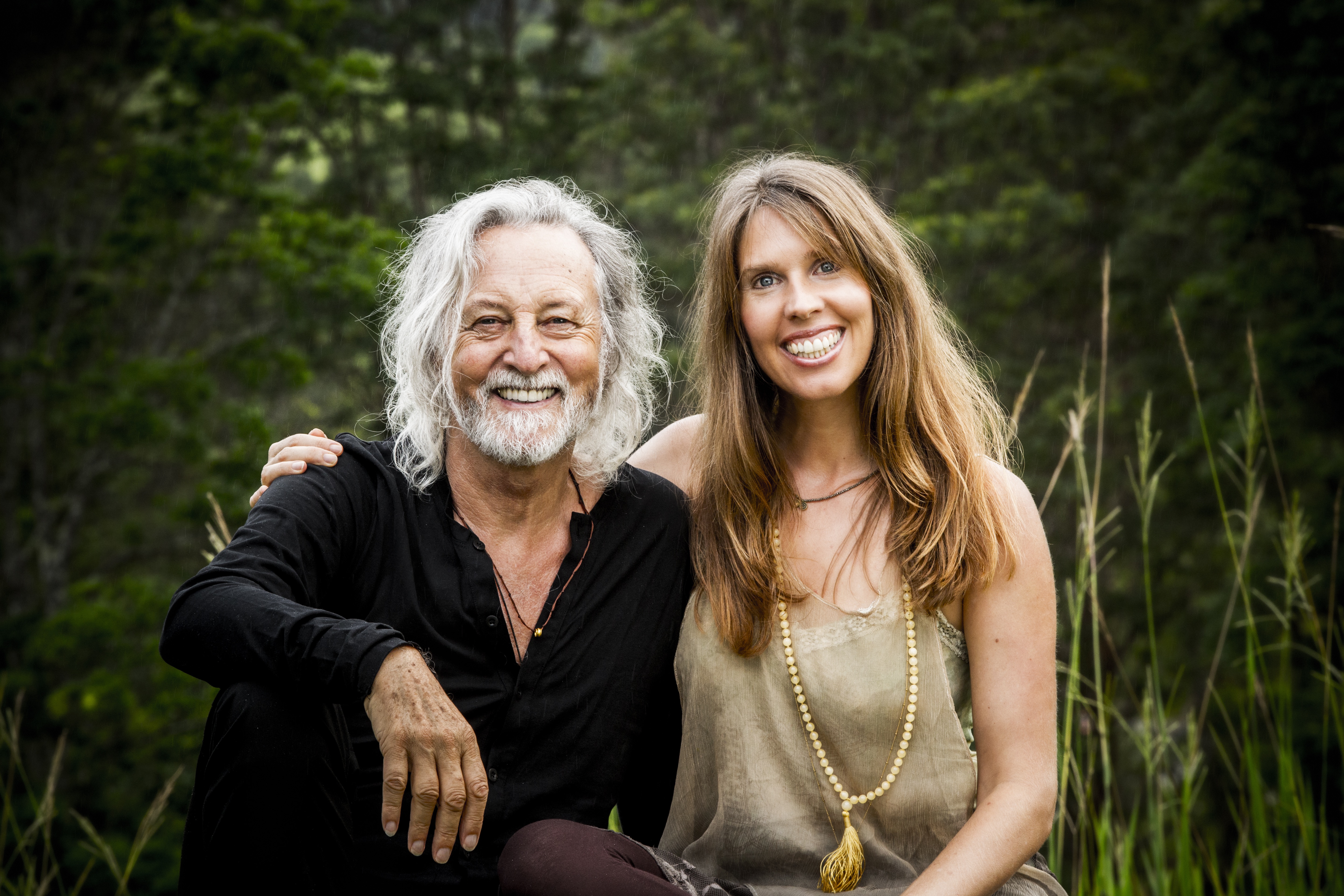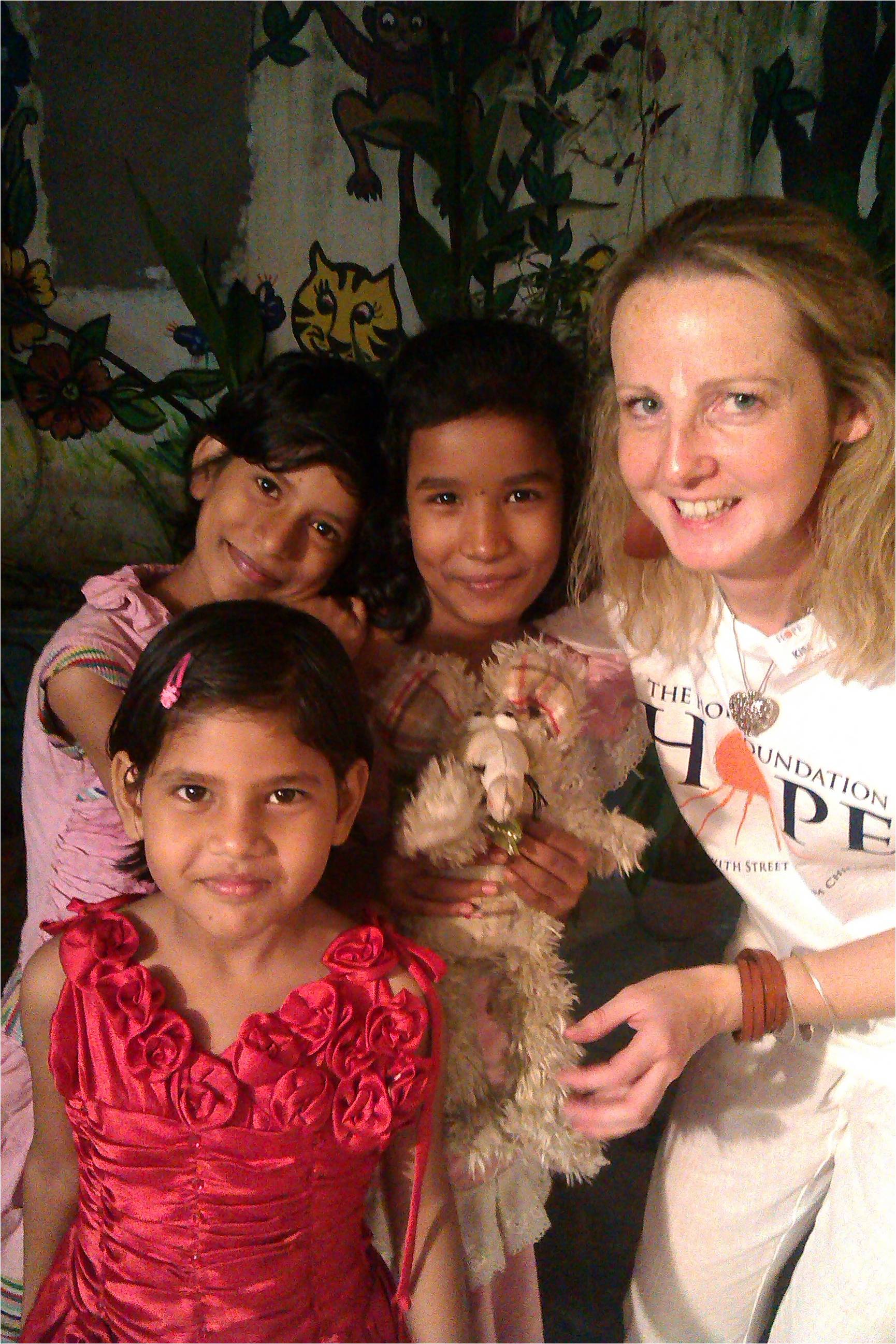Krishna Das is an internationally renowned Kirtan singer and teacher. His journey began in the late 1960s, when he met spiritual seeker Ram Dass, then traveled to India, where he was taught by the legendary guru Neem Karoli Baba, known to most as Maharaj-ji. He is coming to Dublin this summer (click here to learn all about it), so we were thrilled to interview him ahead of his visit. This interview appears in our Spring 2019 magazine – click here for a list of stockists, or click here to subscribe.
India
A Very special competition for our readers: We have two tickets to give away for Deva & Miten’s concert September 22nd, 2017 at the RDS in Dublin. Just follow us on Facebook or Twitter, share this post and tag us to let us know!
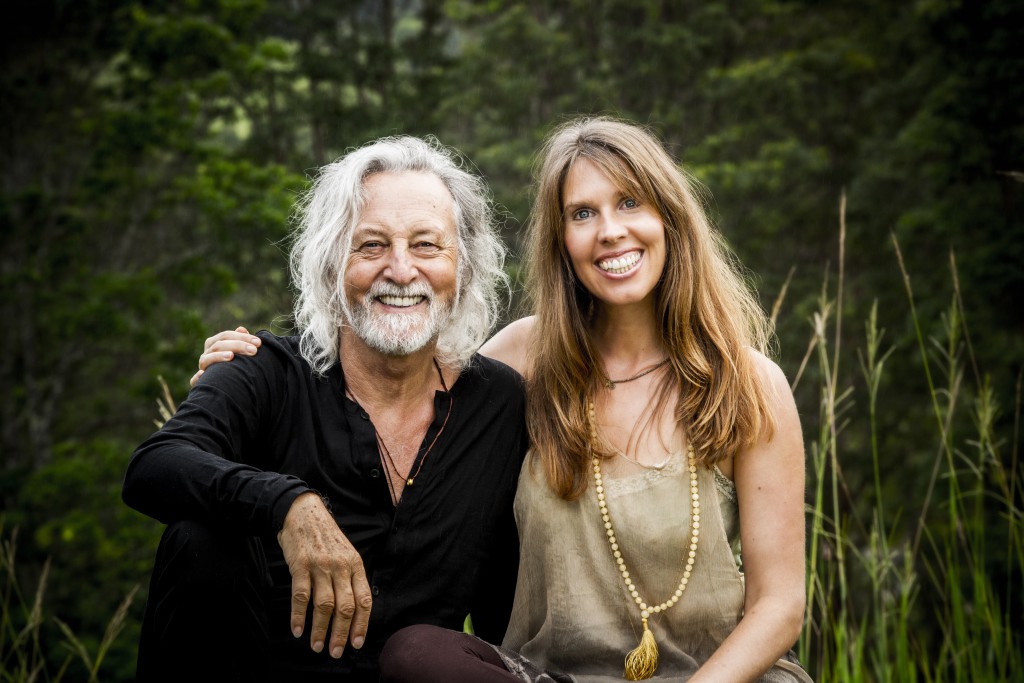
By Alison McEvoy / Interviewer: Paul Congdon
Chanting is an ancient tradition. Millions of people throughout the ages have chanted the mantras Deva and Miten share with the world today. It’s been known for millennia – and was recently confirmed by science – that voicing these sacred sounds has a profound healing, uplifting effect on human beings, and on the rest of the natural world. When Deva speaks of mantra, in as rich and resounding a speaking voice as her singing one, you feel her deep reverence for these sonic messengers of ancient wisdom.
“In the end, the silence and the singing is the same. The essence is the same. We always come to that same spot of Oneness… the mantras, they all have different meanings and focus and deities, but they all bring us back to the same space of Oneness.” (Deva Premal)
AT HOME ON PLANET EARTH
In India, ashrams have existed for thousands of years. Places where teachings are shared to bring about healing, evolution and enlightenment. It was at Osho’s ashram in Pune, India, that Deva and Miten met. Miten had been entrusted with co-ordinating the music to be performed during Osho’s spiritual teachings. Deva had wanted to sing – and so she began. Miten’s music and Deva’s singing allowed their initial friendship to deepen and evolve into the remarkable, creative and loving partnership that it is today.
The time spent at Osho’s ashram has profoundly shaped their lives. It impassioned them to live a life oriented from the spiritual heart, where the desire to share with others that which opened up their own hearts, voices and lives fuels their lives. They continue to thrive to this day from a hand-made life borne of passion for the twin flames of music and mantra, and each other! Deva recalls, “We met in the ashram, and the love we received there when we lived there…we wanted to share it in life outside the ashram walls as well. So that’s what we started doing. We started giving voice workshops and music Satsang meditations, and eventually concerts.” The term ‘career’ doesn’t enter Deva’s vocabulary when it comes to talking about how she has spent her life for the past 26 years. Deva feels that they were always simply choosing to do what they loved, guided by their positive feelings. “The first workshop [we did] just had one participant for a weekend workshop, but we just did it because we loved it, and it just always felt supported and always felt good, so we just kept going, and at some point we looked around and there was 500 for a concert, and now there are 6,000 in Moscow for a concert. It grew very organically and sweetly.” Each concert feels like a homecoming for Deva, “like a reunion, like a circle, like we’ve just finally gotten together again and now we can just enjoy…and keep going where we left off, even if we’ve never seen each other…we are all ready to be One.”
The orientation towards life and living that they uncovered within themselves, embraced, and were immersed in at the ashram, continues to remain alive. It acts as a magnet to those still seeking a way of life that generates peace, contentment, and a feeling of intense aliveness, love and connectedness to the rest of human and natural life, sharing this earth. Miten notes, “You take it with you. Once you get it, it doesn’t leave you. The ashram just expands to become the planet. It’s not a geographical point on the map anymore. It’s your whole life. That’s the key. That’s what we tell people when they come to us with their problems – chant the mantras. Give yourself the chance to adopt a mantra practice and you have a friend for life. You have remembrance in every breath.”
THE WORLD’S OLDEST PRAYER
The Gayatri Mantra is closest to Deva’s heart and a precious jewel in the world of mantra. Being the oldest mantra known to mankind, it has been charged with the devotion, faith and feeling of the innumerable people who have chanted it throughout the ages. The Gayatri Mantra is a Mother-Mantra. It is the root from which all other mantras stem in their various directions; praising, calling upon and revering various deities, particular aspects of the One Divine. It is an all-encompassing prayer to the Divine Everything, symbolised by the Light. Deva recounts the meaning of this mantra, conveying as she does a deep gratitude and love; “The meaning is beautiful, because it’s a prayer that is to the light, to the sun…It focuses on everything, on the light that lights up everything. So it’s universal in a way that speaks to everyone since we’re all dependent on the light in our lives and we’re all ready to be lit up. And so the Gayatri Mantra lights us up within.” The Gayatri Mantra accompanied Deva’s life from her earliest breaths in the womb, however it was only during a festival that she attended with Miten in England that she first heard it sung publicly. When she then began singing it to Miten’s music, their lives began soaring to new heights. Interestingly, mantras are often given to devotees by spiritual teachers, once they are deemed ready to fully commit to a spiritual life. These mantras can symbolise the individual’s spiritual mission in life. The devotee chants the mantra to charge him or herself to open up to the blessing, clarity and courage to follow that path through life’s ever winding ways. Deva’s parents endowed her with this mantra when she was not yet even part of life on earth. “When my mother was pregnant with me, my parents prepared for the birth by chanting the Gayatri Mantra throughout the pregnancy. As I grew up we continued to chant it together regularly before sleep. I didn’t really know what I was singing… or even why! I just did it because I was told to! It wasn’t until much later that I came to appreciate the great gift my parents had given me.”
BIOGRAPHIES
German-born Deva Premal (a name given to her by Osho, meaning ‘Divine Loving’ in Sanskrit) is a classically trained musician. Her mother and father were both musically and spiritually minded. Her mother played European medieval music, while her father was an artist and drum maker who was also dedicated to the Eastern Spiritual traditions of yoga and Zen meditation. In her teenage years, Deva moved away from her classical training and her life as she knew it, and entered Osho’s ashram to explore her spiritual destiny.
London-born Miten initially created a successful musical career for himself, touring with artists such as Fleetwood Mac and Lou Reed. However, he was spiritually unfulfilled by the rock n’ roll life. He found guidance on his deeper spiritual questions in Osho’s discourse on Zen parables which led him to leave his old life behind and embark on a new life journey at Osho’s ashram in Pune, where Deva and he met.
Deva and Miten will be coming to Ireland this autumn as part of their 2017 tour. While Miten has visited and performed in Ireland before, this will be Deva’s first visit – so be sure to save the date and come out to welcome them. Both share strong blood links to Ireland. Miten’s father’s family moved from Ireland to London before his father was born, while a DNA test revealed Deva to be 44% Irish!
Concert in Ireland date: 22nd September 2017
, RDS, Dublin / Visit devapremalmiten.com
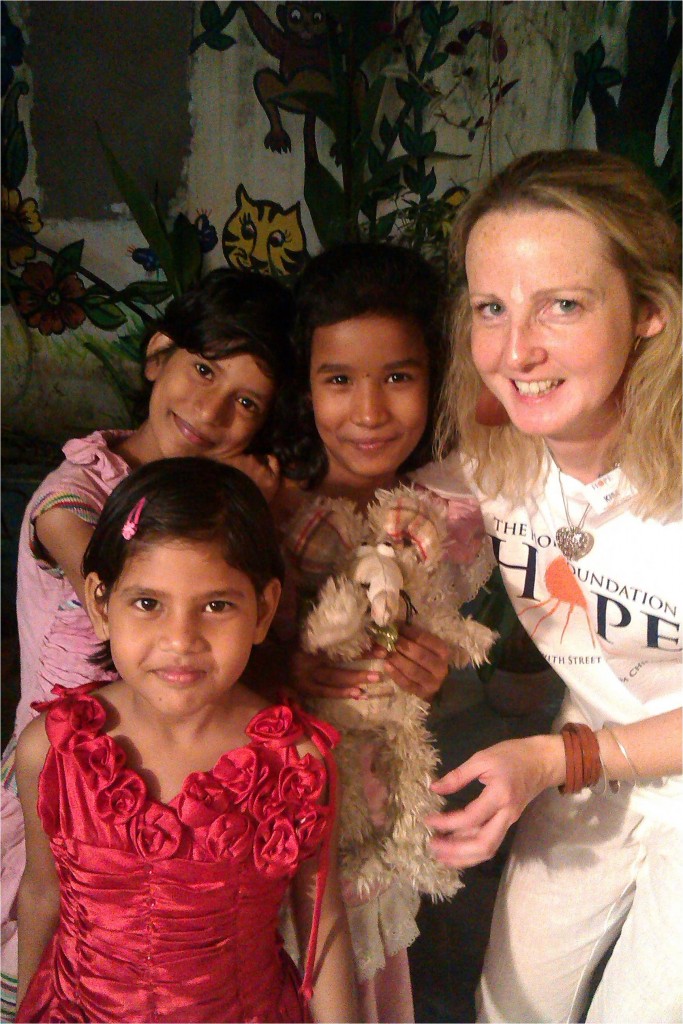
Kim with some of the children in The Hope Foundation’s care who participated in Yoga for HOPE
Words do not do justice to the diversity of India or to my experiences there. My journey to Kolkata began when I heard about The Hope Foundation’s Yoga for HOPE initiative, where you bring the benefits of yoga to children in the charity’s care who have been rescued from abject poverty or child labour on the streets. Having experienced the benefits in my own life, I wanted to share my love of yoga with the children and their carers.
On arrival in Kolkata the scale of the poverty soon becomes apparent. Looking out the windows from the safety of the bus, I see a very different world to the one I had left behind 24 hrs earlier. Our first visit was to a children’s home and we were greeted by smiling children who took me by the hand and showed me around. These children attend school and are cared for by house mothers like family. We visited girls and boys homes as well as coaching and training centres run by The Hope Foundation.
The moments that are etched most deeply in my heart are those I experienced out with the Night Ambulance – this is where HOPE social workers travel the streets visiting communities and looking out for children that need urgent care. Imagine if you can, working in Blanchardstown and living under the M50 surrounded by hundreds of people. That is how people live under the concrete highways in Kolkata, as well as on the streets. Here I met four babies less than one month old. Some of the saddest images I saw were little feet at the edge of a footpath. I looked at the size of their feet and identified the Mammy and Daddy and their little children sleeping with the sky as their roof. I found the noise deafening to my senses and yet these people slept.
In monsoon season people stay in the subways until 10.30pm, after which they have to stand against walls, as water rises to knee and thigh deep, so people cannot sleep. I also spoke with a lovely 18 year old girl and we chatted like we had known each other for years. Her second son was in the HOPE hospital having an operation on his feet. Her toddler was on the street sleeping with her, as was her husband. She proudly said theirs was a “love marriage” and not an arranged one.
Later I met a little boy with broken English next to a trolley of paper flowers. His father handed me a flower from his produce, giving me a piece of his livelihood for just speaking to his little boy, treating him as a person, which people on the streets do not experience. I found this so humbling and cherish that flower. This is just an example of the beauty and desolation that live side by side in Kolkata.
At the huge city dump, the dwellings are all made from rubbish. Having seen people sleeping on the streets I begin to look at them more positively as they, at least, have a shelter of some description, though the constant stench and poverty was shocking.
While my goal was to share my love of yoga, I began to understand that part of my role was also to bear witness to the place and people of Kolkata. My encounters with the people I met showed me the importance of HOPE. They provide support to over 60 projects in education, health, training, and child shelter and protection. While I felt I made some impact on the people and children I met, the money I fundraised was of equal, if not more, importance and it was seeing where this money went which had the greatest impact on me.
HOPE provides a holistic approach to development which includes working with the children, their families and the community in Kolkata. They really are changing lives and I am honoured to have been part of the change.
The 2015 Yoga for HOPE is 25th Oct to 4th November and if you’re interested you can email: susan@hopefoundation.ie for more details.

